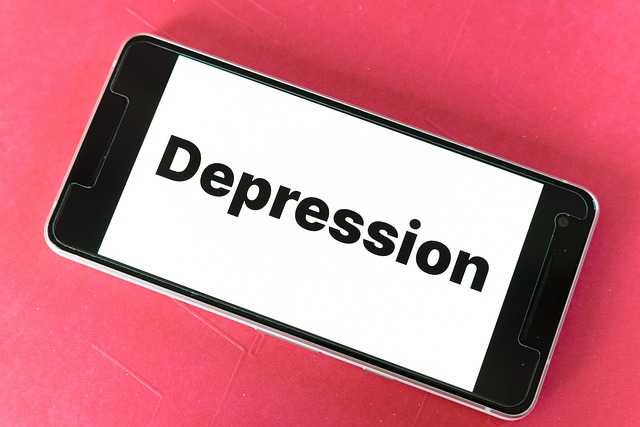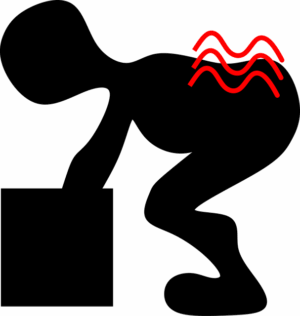Stress relief therapy, including Cognitive Behavioral Therapy (CBT) and Mindfulness-Based Stress Reduction (MBSR), empowers individuals to overcome chronic stress and its mental health impacts. CBT identifies and alters negative thought patterns, while MBSR focuses on present-moment awareness through meditation and breathing exercises. Physical activity, lifestyle changes, mindfulness practices, and building resilience are key strategies for comprehensive stress management, enhancing well-being and quality of life.
Stressed out? You’re not alone. We all face demanding lives, but finding effective stress relief therapy is crucial for maintaining mental well-being. This comprehensive guide explores various therapeutic approaches to combat stress and promote resilience. From Cognitive Behavioral Therapy (CBT) and mindfulness practices to lifestyle adjustments, discover practical strategies to manage and reduce stress. Learn how to tackle challenging situations head-on and cultivate a calmer, more balanced life.
Understanding Stress and Its Impact on Mental Health

Stress is a natural response to demanding or threatening situations, designed to help us cope and respond effectively. However, when stress becomes chronic or overwhelming, it can significantly impact our mental health. Prolonged exposure to stressful events or conditions may lead to anxiety disorders, depression, and other psychological issues.
This is where stress relief therapy comes into play as a powerful tool for recovery. By understanding the root causes of stress and its effects on the mind, individuals can learn healthy coping mechanisms and develop resilience. Therapy provides a safe space to process difficult emotions, reframe negative thought patterns, and gain insights into managing stressors, ultimately leading to improved mental well-being and enhanced quality of life.
Exploring Different Types of Therapy for Stress Relief

Stress is a common experience, but finding effective ways to manage it is essential for overall well-being. Exploring different types of therapy can be a game-changer in the quest for stress relief. One popular approach is cognitive-behavioural therapy (CBT), which helps individuals identify and change negative thought patterns contributing to stress. By challenging unhelpful beliefs and behaviours, CBT empowers people to develop healthier coping strategies.
Another effective method is mindfulness-based stress reduction (MBSR). This therapy encourages individuals to focus on the present moment without judgment, fostering a sense of calm. Techniques like meditation, deep breathing exercises, and yoga are integral to MBSR, enabling participants to cultivate resilience against stressful situations. Each type of therapy offers unique benefits, catering to individual needs for tailored stress relief strategies.
Cognitive Behavioral Therapy (CBT): A Step-by-Step Guide

Cognitive Behavioral Therapy (CBT) is a widely recognized and effective stress relief therapy that focuses on identifying and changing negative thought patterns and behaviors. The process involves several key steps:
1. Assessment: A therapist will begin by assessing your current situation, including the sources of stress in your life, your emotional responses, and any unhelpful cognitive distortions or habits. This step is crucial for tailoring the therapy to your specific needs.
2. Identification of Negative Thought Patterns: Once assessed, you’ll work with your therapist to recognize negative or distorted thoughts that contribute to your stress. These could be all-or-nothing thinking, catastrophizing, or overgeneralization. By identifying these patterns, you gain insight into how they impact your emotions and behaviors.
3. Challenging Negative Thoughts: After identifying the problematic thoughts, the therapist guides you in challenging and replacing them with more realistic and balanced perspectives. This involves critical examination of evidence supporting or refuting these thoughts and developing alternative interpretations.
4. Behavioral Activation: CBT also encourages engagement in activities that promote a sense of well-being and reduce stress. This could include exercising, spending time in nature, engaging in hobbies, or social interactions. Behavioral activation helps break the cycle of isolation and negative emotions often associated with stress.
5. Coping Strategies: You’ll learn practical coping strategies to manage stress in the moment. These might involve relaxation techniques, deep breathing exercises, mindfulness practices, or problem-solving skills to address stressors proactively.
6. Homework and Practice: CBT often includes homework assignments designed to reinforce what you’ve learned during sessions. This could involve keeping a thought record, practicing new coping strategies, or engaging in specific activities aimed at behavioral activation. Regular practice is essential for maintaining progress between sessions.
Mindfulness and Meditation Techniques for Daily Practice

Mindfulness and meditation are powerful tools within the realm of stress relief therapy. Daily practice can help individuals navigate through life’s challenges with a calm and focused mind. Techniques such as deep breathing exercises, where one consciously slows down their respiration, have been shown to reduce cortisol levels, the hormone associated with stress.
Incorporating mindfulness into daily routines encourages staying present, observing thoughts and feelings without judgment, and fostering a sense of inner peace. Meditation practices, whether guided or self-led, allow for quiet reflection and an opportunity to disconnect from stressors. These techniques enhance emotional well-being and can be easily integrated into one’s schedule as a form of self-care, contributing significantly to stress relief therapy.
The Role of Physical Activity and Lifestyle Changes in Stress Management

Incorporating regular physical activity into your routine is a powerful tool in the arsenal against stress. Exercise serves as a natural stress reliever, releasing endorphins that promote feelings of happiness and relaxation. Activities like yoga, walking, or even dancing can help clear your mind, reduce tension in both body and mind, and improve overall well-being.
Lifestyle changes play an equally significant role in stress management. Adequate sleep, a balanced diet, and setting boundaries between work and personal life are essential. Taking time for activities that bring joy and relaxation, such as reading or spending time in nature, can also be transformative. These lifestyle adjustments, combined with targeted stress relief therapy, create a holistic approach to managing stress effectively.
Building Resilience: Strategies to Prevent and Overcome Stressful Situations

Building resilience is a key strategy in preventing and overcoming stressful situations, offering effective long-term solutions for stress relief therapy. It involves developing mental and emotional flexibility to adapt to challenging circumstances. This can be achieved through various techniques, such as mindfulness practices that encourage staying present and focusing on breath, helping individuals detach from anxious thoughts. Cognitive reframing, another powerful tool, enables people to challenge negative thought patterns and adopt more positive perspectives, thereby reducing the impact of stressful events.
Additionally, fostering strong social connections acts as a buffer against stress by providing emotional support and different viewpoints to navigate difficult situations. Encouraging individuals to engage in regular physical activity and prioritize quality sleep also contributes to building resilience, as these habits enhance overall well-being and stress tolerance. By implementing these strategies, people can proactively manage their stress levels and develop effective coping mechanisms that promote mental health and overall life satisfaction.
